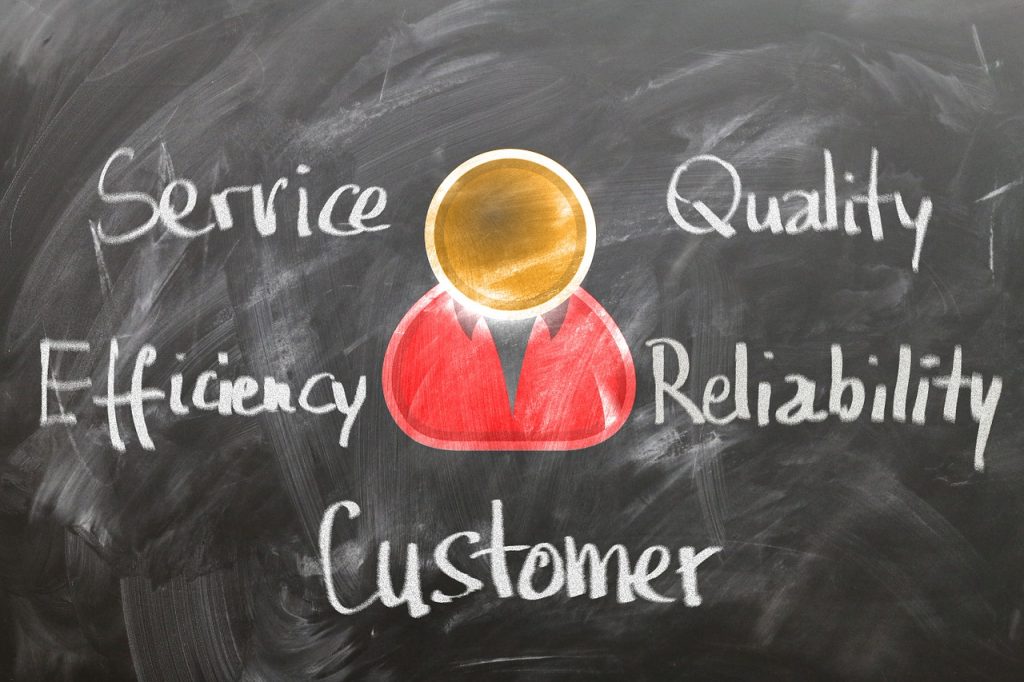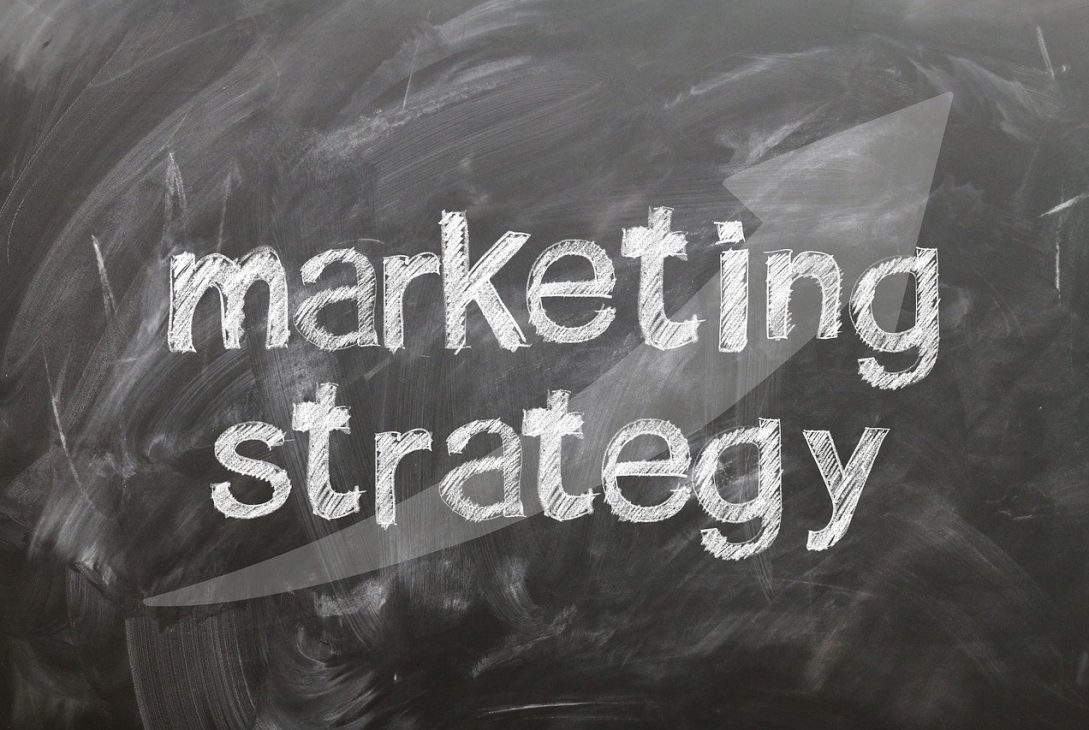How marketing has changed since the pandemic: features of the new approach
The year 2020 was a watershed year for absolutely all spheres. It helped some segments to shoot up, while it practically destroyed others. The global marketplace has not returned to its past moderate life, it has begun to build new processes and approaches. Marketing has also changed since the pandemic, so the old approaches for brand development may not be effective. It is important to develop a new strategy based on current trends and changing consumer needs.
The pandemic shattered old marketing rules that used to work great, and now we need to form approaches that are as flexible as possible. An important lesson that the market learned after the crisis was to interact with the consumer. Now it has to be more targeted. This means that the brand should act precisely in each new country, studying the specifics of the market and the needs and desires of consumers. And in some cases, for example in the development of a restaurant or a store, it is necessary to adjust communications to each individual point.
It is important for the offered product to meet the desires and values of consumers who live in that region. These may differ from the demands that the people of the neighboring area have on the product.

At the beginning of the pandemic, scientists conducted a study with the participation of 14.6 thousand people from 20 countries. According to the results, experts identified 5 categories of consumers who differ in their priorities.
32% of respondents named affordability as their top priority. This category of consumers focuses on functionality rather than brand name when choosing a product. This group of people tries not to go over budget, excluding impulse spending.
25% of respondents put their own and their loved ones’ health first. When choosing goods, they evaluate it in terms of safety and treat their purchases very responsibly.
For 16% of the respondents the priority factor is environmental friendliness and the possibility to reduce the negative impact on the environment. They choose brands whose philosophy coincides with their values.
15% want to do so for the good of society as a whole, so they try to use products from companies that profess honesty and run a transparent business.
12% prefer to enjoy life in the here and now. This group is the most open to new products; they’re not afraid to have new experiences.
Focusing on this or that category of consumers, you can build a successful marketing strategy. In addition, it is important to build the right communication, acting personally. The brand has to get closer to people, to understand their needs, and then the business will be successful. Marketing in this case should use a creative approach and include an emotional component in order to hook a person deeply.

















